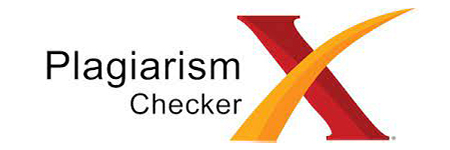Pengaruh Aktivitas Scroll TikTok terhadap Sistem Reward Otak Anak Usia Sekolah Dasar: Studi Kasus di SDN 2 Berangah
DOI:
https://doi.org/10.70716/alpha.v1i4.304Keywords:
TikTok scrolling behavior, Dopamine stimulation, Elementary school students, Learning motivation, Digital media impactAbstract
This study aims to examine the impact of TikTok scrolling activity on the reward system of elementary school children's brains, focusing on fifth-grade students at SDN 2 Berangah. Repetitive scrolling behavior on the TikTok platform is suspected to trigger excessive dopamine release, potentially affecting children's concentration, learning motivation, and impulsive behavior. The research method used is descriptive qualitative, involving classroom observation, teacher interviews, and student questionnaires. The findings indicate that intensive TikTok usage leads to decreased learning focus and increased tendencies to seek instant stimulation. These results highlight the need for adaptive educational strategies in response to digital technology developments in elementary school environments.
Downloads
References
Anderson, M., & Jiang, J. (2018). *Teens, social media & technology 2018*. Pew Research Center. https://www.pewresearch.org/internet/2018/05/31/teens-social-media-technology-2018/
Christakis, D. A. (2019). The challenges of defining and studying “digital addiction” in children. *JAMA*, 321(23), 2277–2278. https://doi.org/10.1001/jama.2019.4690
Kuss, D. J., & Griffiths, M. D. (2017). Social networking sites and addiction: Ten lessons learned. *International Journal of Environmental Research and Public Health*, 14(3), 311. https://doi.org/10.3390/ijerph14030311
Montag, C., & Diefenbach, S. (2018). The digital dopamine: How social media platforms influence our brains. Behavioral Sciences*, 8(6), 41. https://doi.org/10.3390/bs8060041
Prensky, M. (2001). Digital natives, digital immigrants. *On the Horizon*, 9(5), 1–6. https://doi.org/10.1108/10748120110424816
Rideout, V., & Robb, M. B. (2019). *The Common Sense census: Media use by tweens and teens*. Common Sense Media. https://www.commonsensemedia.org/research/the-common-sense-census-media-use-by-tweens-and-teens-2019
Smahel, D., Machackova, H., Mascheroni, G., Dedkova, L., Staksrud, E., Ólafsson, K., & Livingstone, S. (2020). *EU Kids Online 2020: Survey results from 19 countries*. EU Kids Online. https://doi.org/10.21953/lse.47fdeqj01ofo
Turel, O., He, Q., Xue, G., Xiao, L., & Bechara, A. (2014). Examination of neural systems sub-serving Facebook “addiction”. *Psychological Reports*, 115(3), 675–695. https://doi.org/10.2466/18.PR0.115c25z7
UNICEF Indonesia. (2021). *Digital literacy for children and adolescents in Indonesia*. https://www.unicef.org/indonesia/reports/digital-literacy-children-and-adolescents-indonesia
Downloads
Published
How to Cite
Issue
Section
License
Copyright (c) 2025 Erwin Mardinata Utama

This work is licensed under a Creative Commons Attribution-ShareAlike 4.0 International License.











